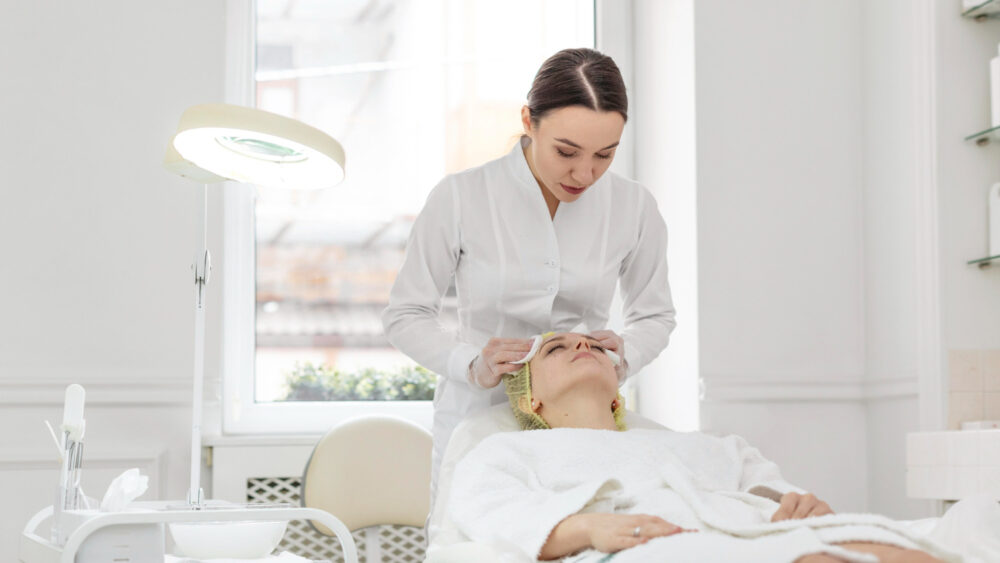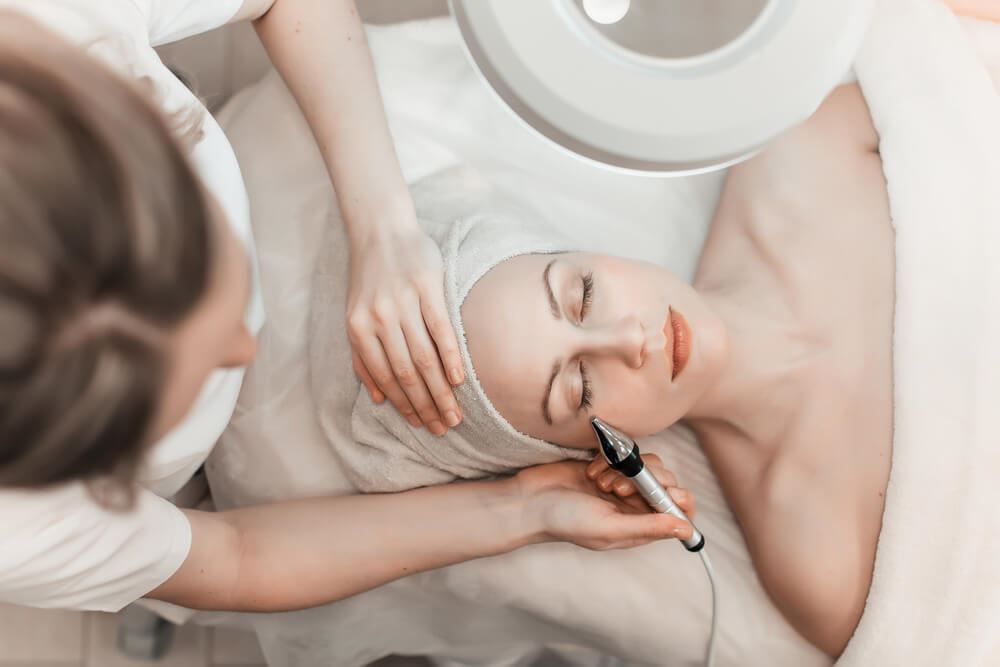Powerful Legal Insights on Medical Supervision in Aesthetic Practices for California Physicians
Medical supervision in aesthetic practices is a rapidly evolving and critical area of healthcare law in California. As the med spa and cosmetic treatment industry grows exponentially, physicians are increasingly sought to provide medical oversight in these ventures. While these roles can appear attractive for their passive income potential and flexible involvement, the legal and professional responsibilities tied to medical supervision in aesthetic practices are significant and complex.
This article provides a comprehensive examination of the regulatory landscape surrounding medical supervision in aesthetic practices in California. Physicians considering such positions must fully understand their statutory duties, licensing requirements, delegation rules, malpractice implications, and compliance frameworks. Failure to properly manage medical supervision in aesthetic practices can result in regulatory sanctions, loss of licensure, civil liability, and career-damaging consequences.
What Constitutes Medical Supervision in Aesthetic Practices in California?
At its core, medical supervision in aesthetic practices involves a licensed physician assuming responsibility for overseeing the medical services provided at a med spa or similar facility offering cosmetic treatments. Despite the spa-like atmosphere often associated with these businesses, California law clearly categorizes many aesthetic procedures as the practice of medicine. This includes injectables like Botox and dermal fillers, laser therapies, chemical peels, microneedling, and other energy-based treatments.
The Medical Board of California and other regulatory bodies require that when these medical services are provided, a physician must ensure proper medical supervision in aesthetic practices, which means:
- Establishing and approving treatment protocols
- Ensuring that all providers performing medical procedures are properly licensed and trained
- Overseeing informed consent processes and documentation
- Monitoring patient safety and responding promptly to adverse events or complications
- Verifying compliance with applicable state laws and regulations
Physicians who agree to be medical directors or supervising doctors in aesthetic practices accept legal responsibility for the standard of care delivered, regardless of their physical presence at the facility. Thus, medical supervision in aesthetic practices is not a passive or symbolic title but a binding legal role.
The Legal Risks of Inadequate Medical Supervision in Aesthetic Practices
Many physicians are enticed by offers to provide medical supervision in aesthetic practices with the assumption that minimal involvement or mere title holding reduces liability. This belief is dangerous and false under California law.
By accepting the role of medical director or supervising physician, you are responsible for all clinical aspects of care delivered under your supervision. Inadequate or absent medical supervision in aesthetic practices can result in:
- Regulatory investigations and disciplinary action by the Medical Board of California
- License suspension or revocation
- Civil malpractice lawsuits for negligence or harm caused by improperly supervised procedures
- Financial penalties and damage to professional reputation
Cases in California have demonstrated severe consequences for physicians who fail to meet supervisory duties. For example, physicians who failed to verify the credentials of providers performing procedures or who were unreachable during clinical hours have faced harsh sanctions. Therefore, it is imperative that physicians fully understand their obligations and ensure proper systems are in place to maintain effective medical supervision in aesthetic practices.
Delegation and Scope of Practice: Critical Components of Medical Supervision in Aesthetic Practices
Proper delegation is a cornerstone of lawful medical supervision in aesthetic practices. California law restricts what medical tasks can be delegated and to whom, requiring the supervising physician to ensure all procedures fall within the delegated provider’s scope of practice.
Licensed providers commonly performing aesthetic procedures under medical supervision include:
- Registered Nurses (RNs)
- Nurse Practitioners (NPs)
- Physician Assistants (PAs)
Each has different scopes and levels of autonomy, but in all cases, the physician must:
- Confirm that delegated procedures are within the licensee’s legal scope
- Ensure the provider has completed necessary training and competency assessments
- Maintain oversight of patient assessments, treatment plans, and documentation
Failure to properly delegate and supervise can lead to malpractice claims, regulatory sanctions, and allegations of unauthorized practice of medicine.
Navigating the Corporate Practice of Medicine Doctrine in California Med Spas
The Corporate Practice of Medicine (CPOM) doctrine in California prohibits non-physicians from owning or controlling the medical aspects of healthcare practices, including med spas providing medical procedures. This doctrine ensures that clinical decisions remain under the control of licensed medical professionals, safeguarding patient care standards.
Violations of CPOM related to medical supervision in aesthetic practices include:
- Physicians “renting” their licenses to non-physician-owned entities
- Non-physician owners directing clinical operations or protocols
- Financial arrangements that incentivize medical referrals or treatments inappropriately
To comply with CPOM while enabling business collaboration, California med spas commonly utilize Management Services Organizations (MSOs) to provide administrative support while physicians retain clinical control. This structure supports lawful and effective medical supervision in aesthetic practices.
Drafting Effective Medical Director Agreements for California Med Spas
A clear, comprehensive medical director agreement is essential for defining the rights, duties, and expectations of physicians providing medical supervision in aesthetic practices. Key elements include:
- Detailed description of supervisory responsibilities and scope
- Frequency and manner of on-site presence or availability
- Protocol review and approval processes
- Compliance with CPOM and delegation rules
- Insurance requirements and indemnification provisions
- Termination conditions and dispute resolution mechanisms
Generic contracts are insufficient due to the complexity and risk involved. Physicians should seek legal counsel to tailor agreements that reflect the unique clinical and business environment of each med spa.
Malpractice Insurance Considerations for Medical Supervision in Aesthetic Practices
Physicians must ensure their malpractice insurance policies adequately cover the scope of their medical supervision in aesthetic practices. Essential coverage components include:
- Protection for aesthetic procedures supervised
- Liability for delegation and oversight of other licensed professionals
- Coverage for remote or off-site supervision if applicable
Insurance carriers may exclude certain cosmetic procedures or supervisory roles unless explicitly included. Physicians should disclose all med spa activities to their insurer and secure endorsements if necessary to avoid gaps in coverage.
Regulatory Trends and Enforcement Focus on Medical Supervision in Aesthetic Practices
California regulators have increased scrutiny of med spas and medical directors in recent years. Enforcement actions have focused on:
- Physicians holding medical director titles but failing to perform required supervisory duties
- Allowing unlicensed or improperly trained personnel to perform medical procedures
- Inadequate documentation of patient consent and treatment records
- CPOM violations and improper financial arrangements
Physicians providing medical supervision in aesthetic practices must maintain thorough records, demonstrate active involvement, and promptly address any compliance concerns.
Real-World Examples of Medical Supervision Failures and Their Consequences
Case 1: A medical director was disciplined after a patient suffered complications from microneedling performed by an unlicensed aesthetician with no physician oversight. The Medical Board cited failure of medical supervision in aesthetic practices and revoked the physician’s license.
Case 2: A physician faced a malpractice lawsuit after a nurse with lapsed credentials administered dermal fillers incorrectly, causing disfigurement. The court found the physician liable for insufficient supervision.
Case 3: A med spa was shut down due to CPOM violations where business owners controlled clinical decisions, effectively bypassing medical supervision in aesthetic practices. Both the business and physician faced fines.
These cases highlight the necessity of rigorous adherence to medical supervision in aesthetic practices.
Practical Checklist for Physicians Considering Medical Supervision in Aesthetic Practices
Before accepting a medical director or supervisory role in a California med spa, physicians should:
- Verify the ownership structure complies with CPOM doctrine
- Confirm the scope and extent of supervisory duties expected
- Review or participate in training for aesthetic procedures offered
- Ensure malpractice insurance covers supervisory roles and aesthetic treatments
- Require a detailed, customized medical director agreement
- Confirm licensure and credentials of all providers performing medical tasks
- Establish protocols for patient consent, documentation, and incident reporting
- Maintain availability and presence as required by law
- Conduct regular audits of compliance and documentation
Taking these proactive steps can protect physicians from liability and regulatory penalties.
Final Thoughts: The Essential Role of Medical Supervision in California’s Aesthetic Industry
The expanding med spa market offers lucrative opportunities, but medical supervision in aesthetic practices must be taken seriously. Physicians must understand that their legal and ethical responsibilities extend beyond name-only titles to active, documented involvement in clinical oversight.
Compliance with California’s regulatory framework, delegation laws, CPOM doctrine, and insurance requirements is essential to safeguard patient welfare and professional licensure. Physicians who embrace these obligations position themselves as trusted leaders in the growing field of aesthetic medicine.
Conclusion: Supervision Is a Legal Role, Not a Favor
Medical supervision in aesthetic practices is not a side hustle—it is a deeply regulated role with high stakes. California physicians must treat it with the same caution and diligence they would a hospital appointment.
Understanding CPOM, delegation laws, insurance nuances, and contract protections is vital to protecting both patient safety and professional licensure. The aesthetic industry offers real opportunity—but only when compliance is placed front and center.
The potential of California’s med spa market is enormous—but so is the scrutiny. Whether you’re launching your first aesthetic venture or expanding a multi-location brand, compliance isn’t optional—it’s foundational.
At Dike Law Group, we help med spa owners across California establish legally compliant structures, draft enforceable agreements, and navigate complex healthcare regulations with confidence. Our team understands the unique challenges that come with blending wellness and medical care—and we’re here to guide you through them.
If you’re ready to align your operations with California’s regulatory standards, you can schedule an in-person meeting with our legal team to discuss your business goals and compliance needs.
For ongoing insights and updates, you can also find us on Instagram, LinkedIn, YouTube, TikTok, and Facebook, where we share practical information for healthcare business owners and operators.





